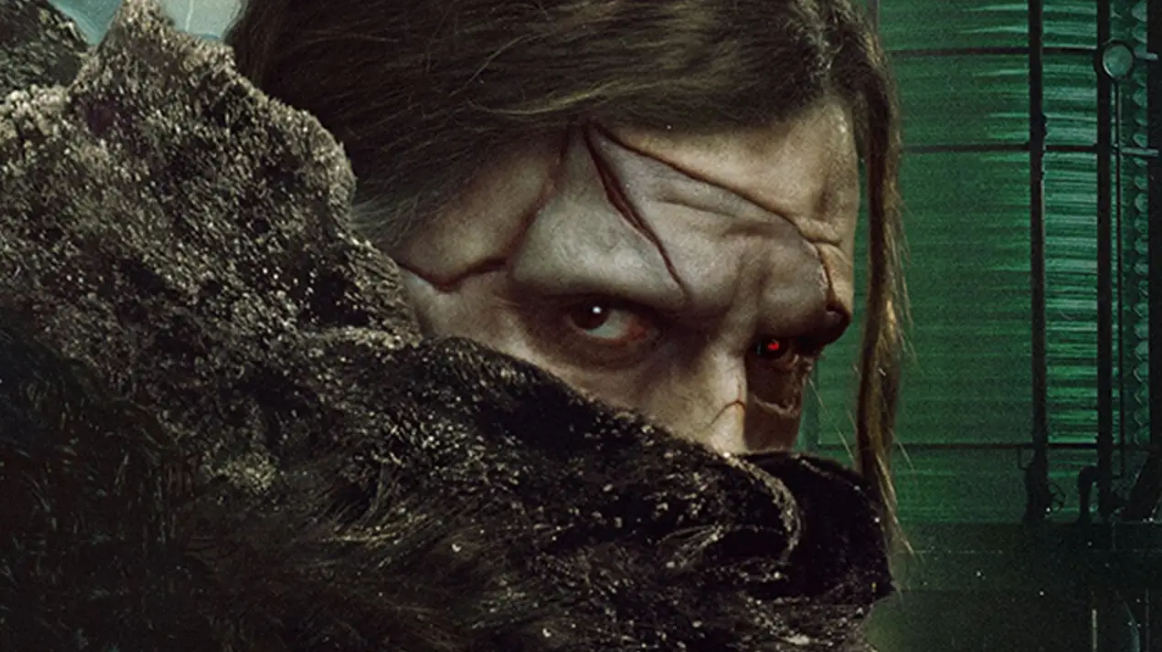In Guillermo del Toro’s long-awaited adaptation of Frankenstein, the celebrated Mexican filmmaker returns to one of his most cherished obsessions: the misunderstood monster. But this time, the creature’s anguish, exile, and spiritual yearning are refracted through a distinctly Latino lens—one shaped by Catholic iconography and immigrant identity.
Del Toro, who has called Frankenstein “the most important story of my life,” has been developing the project for decades. In an interview with Collider, he explained, “I’ve been trying to do Frankenstein for 50 years. Since I was a kid. I had an epiphany when I was a teenager, and I’ve been preparing ever since.”
The film stars Oscar Isaac as Victor Frankenstein, Jacob Elordi as the Creature, and Mia Goth as a reimagined version of the Bride. Isaac, a Guatemalan-American actor, described the film’s tone as “very Mexican Catholic,” adding, “It’s got a very unique aesthetic and the Creature is just incredible. It’s very moving.”
This spiritual and emotional depth is a hallmark of del Toro’s work, from The Devil’s Backbone to Pan’s Labyrinth and The Shape of Water. His monsters are never merely grotesque—they are vessels of grief, longing, and resistance. In Frankenstein, the Creature’s alienation becomes a metaphor for the immigrant experience, the outsider’s search for belonging, and the pain of being misunderstood by society.
Del Toro’s Catholic upbringing in Guadalajara permeates the film’s visual and thematic language. “I see the Creature as a Christ figure,” he once said in a 2018 masterclass. “He’s created, abandoned, tortured, and ultimately seeks love. That’s a very Latino narrative—of suffering, redemption, and spiritual transcendence.”
The film’s production also reflects a broader commitment to Latino representation. Del Toro, who won the Best Director Oscar for The Shape of Water, has consistently elevated Latin American talent and stories. His Netflix anthology Cabinet of Curiosities featured Mexican folklore and directors, while his animated Pinocchio was steeped in anti-fascist themes relevant to Latin American history.
In Frankenstein, del Toro’s casting of Oscar Isaac and his collaboration with Mexican cinematographer Luis Sequeira signal a deliberate effort to center Latino voices in a traditionally Eurocentric narrative. The film’s Gothic horror is not just aesthetic—it’s political, emotional, and cultural.
Critics and scholars have noted how del Toro’s monsters often embody the trauma of colonization, exile, and systemic violence. “Del Toro’s monsters are brown, broken, and beautiful,” wrote film scholar Mariana Ortega in a 2023 essay. “They speak to the Latino experience of being seen as ‘other’—and reclaim that otherness as power.”
In Guillermo del Toro’s hands, Frankenstein becomes more than a monster tale—it becomes a mirror. A mirror for the Latino soul, fractured and resilient, yearning and radiant.
